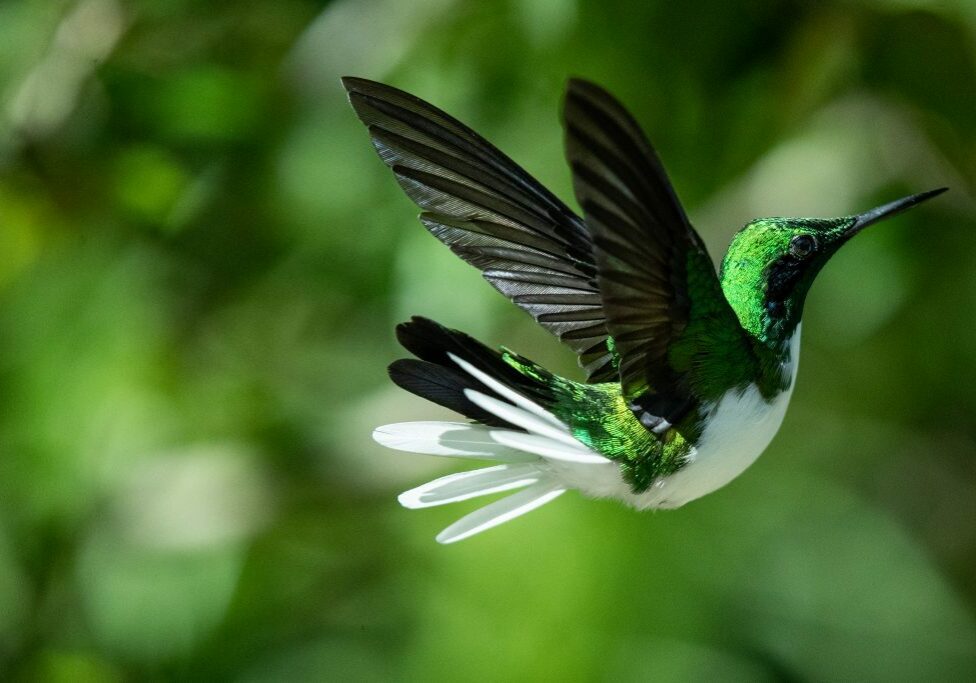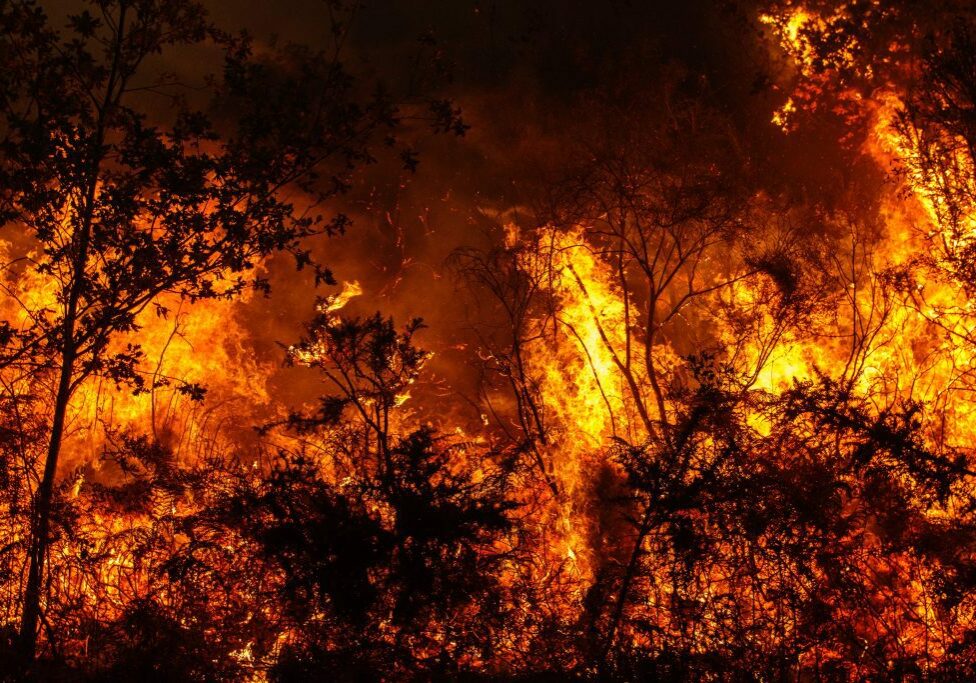Where the Andes meet the Amazon and Orinoco, there’s a unique ecosystem that’s home to a huge variety of wildlife. Colombia’s Cordillera de los Picachos National Natural Park was established in 1970 to protect the area, but – until recently – civil war prevented scientists from discovering the full diversity of the wildlife there.
When the war ended in 2016, Los Picachos was accessible once again. And in April 2021 an expedition backed by WWF documented some of the remarkable natural riches hidden deep in the forest.
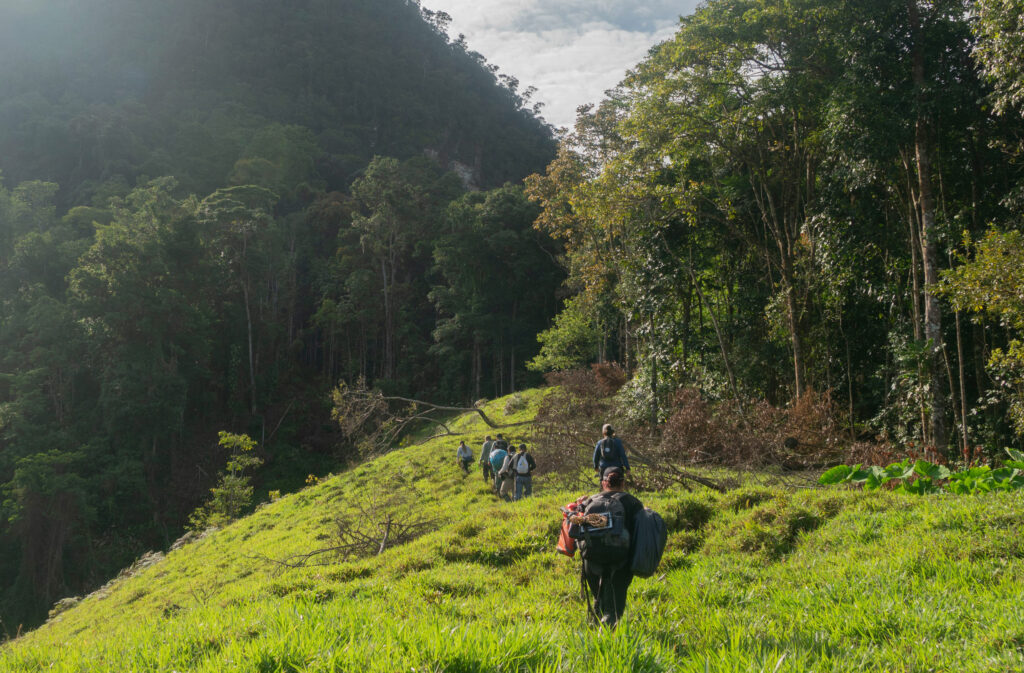
Los Picachos contains a variety of habitats, including dense woods, humid jungle and flooded forests. The aim of the three-week expedition was to create an inventory of wildlife, from large mammals to birds, amphibians and plants. Colombia is a ‘megadiverse’ country, hosting 10% of the world’s biodiversity, but little is known about the full extent of the wildlife there.
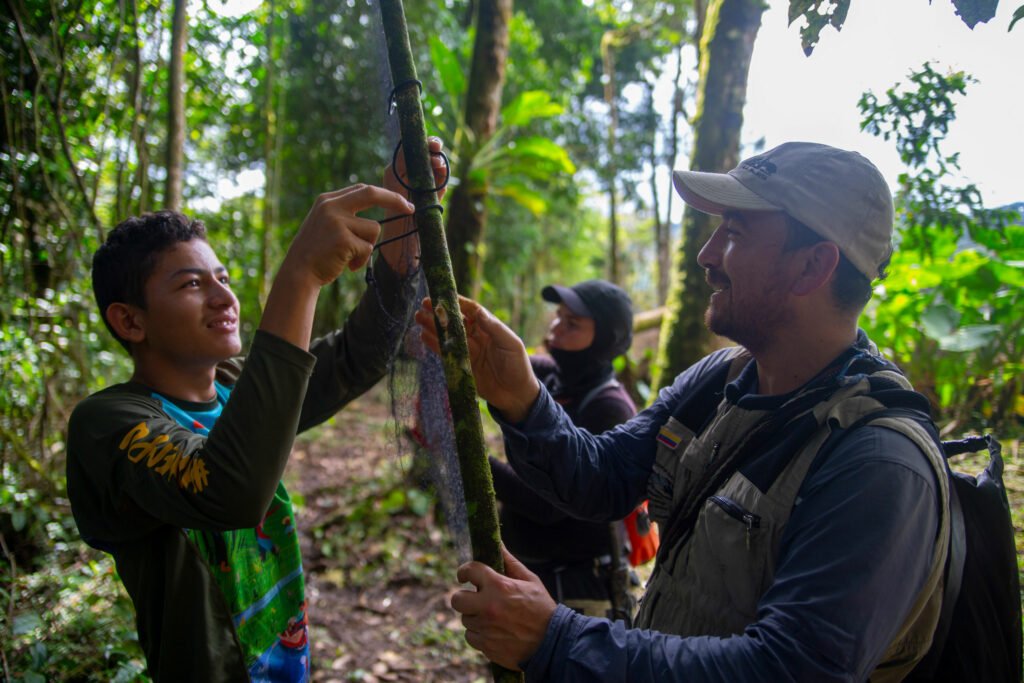
The expedition team was made up of scientists and local people, who were guided through the park by former combatants in the civil war. By the end of the trip they’d recorded 248 species of plants, 376 species of butterflies, 26 species of amphibians, 10 species of reptiles, 275 species of birds, 30 species of medium and large mammals, and 36 species of bats. It’s hoped that the discovery of a huge variety of wildlife in Los Picachos will make the area an ecotourism destination, creating livelihoods for local communities.
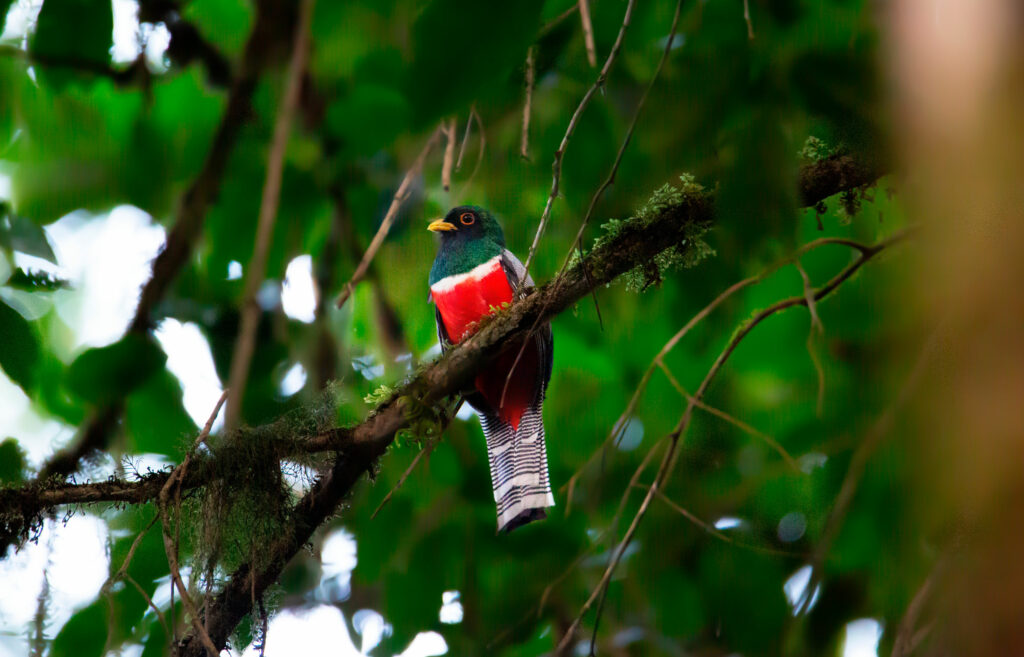
The collared trogon is widely found in Central America and northern countries of South America. Of all the habitats found within Los Picachos, the humid, evergreen forests suit this colourful bird best. Some of the areas the expedition team visited had been strategic sites during the civil war, and traces of the conflict were still evident.
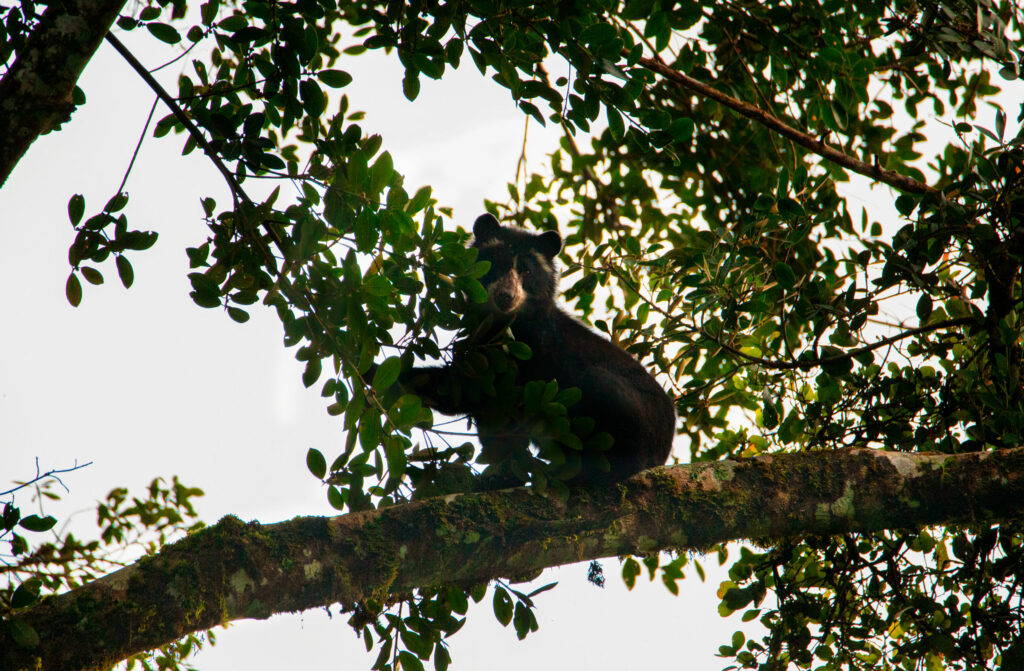
The spectacled bear is one of the world’s smallest bears and one of the most elusive, spending most of its time in higher tree branches eating fruit. This sighting was a highlight of the trip, and a result of a collaboration between a photographer, a scientist and a former combatant.
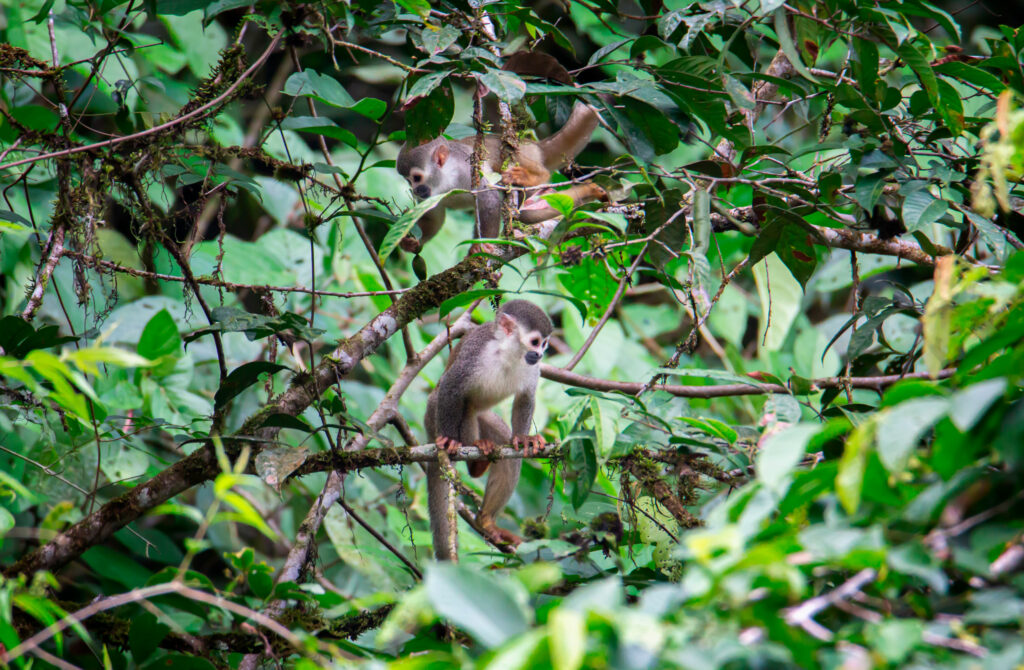
Humboldt’s squirrel monkey is found across north and central South America. While the expedition recorded hundreds of diverse species, there were other objectives, too, such as training local people to recognise the significance of the site. “The idea is that they know what we do as biologists, and [understand] the importance of biodiversity in this area,” says Miguel Rodríguez, scientific director of the La Palmita conservation group.
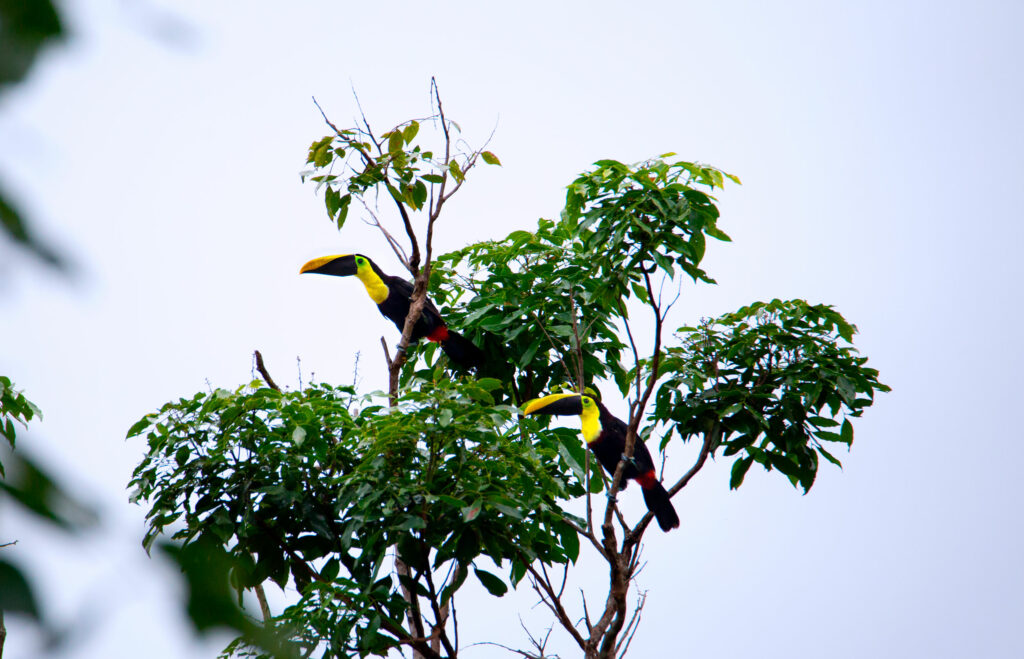
Almost 300 species of birds were recorded on the trip, including these yellow-throated toucans. “There are many people who come to visit us and ask us about species such as birds and plants,” says Duverney Moreno, a former combatant who now works as a guide. “After this expedition we’ll be able to guide them and tell them what makes this jungle a place of such natural wealth.”
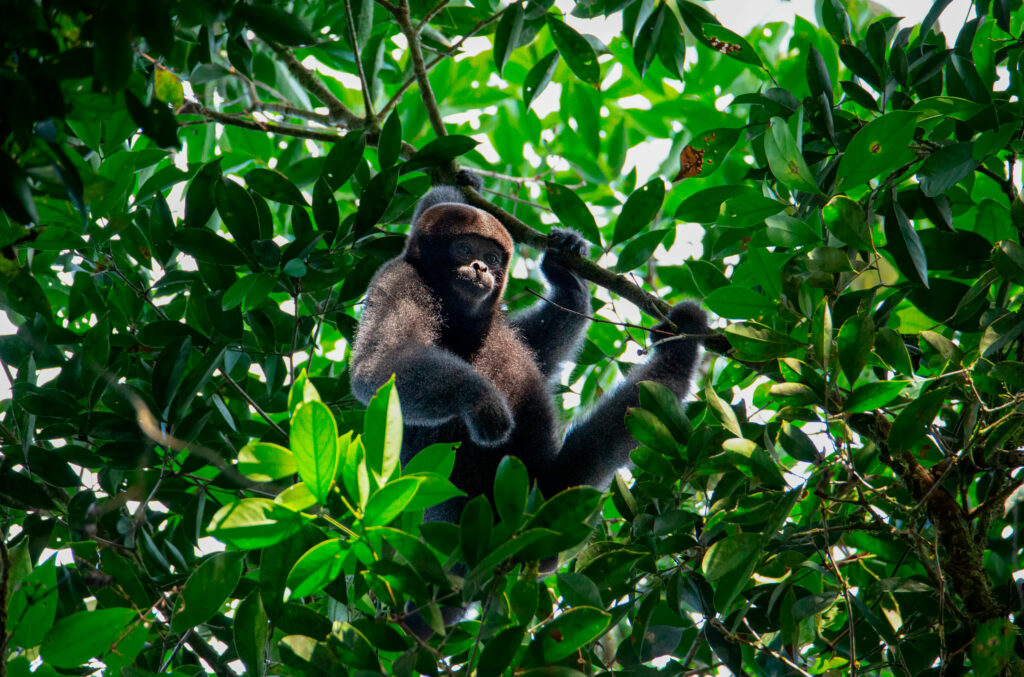
The common woolly monkey is listed as vulnerable on the IUCN‘s red list, but is abundant in Los Picachos – a welcome indicator of the good health of the forests where it lives. The findings of the expedition mean conservation efforts here can be more focused to ensure the species here continue to thrive.
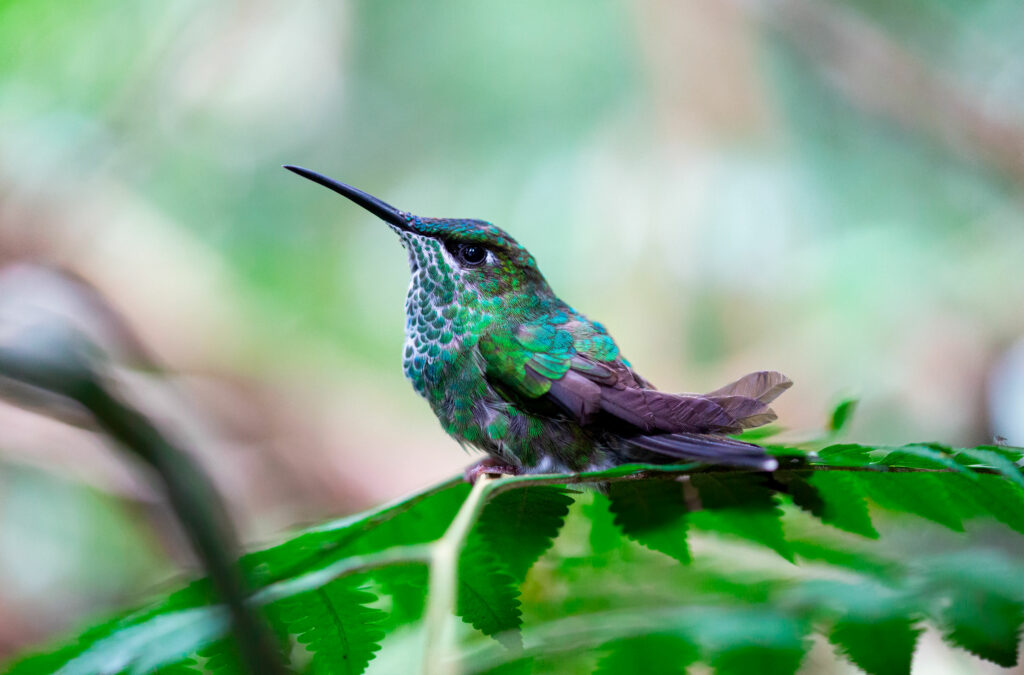
The violet-fronted brilliant is a tiny, distinctive hummingbird found in mountainous tropical forests along the eastern side of the Andes. The expedition team made a detailed study of two areas within the park: el Salto de Venado and Coreguaje.
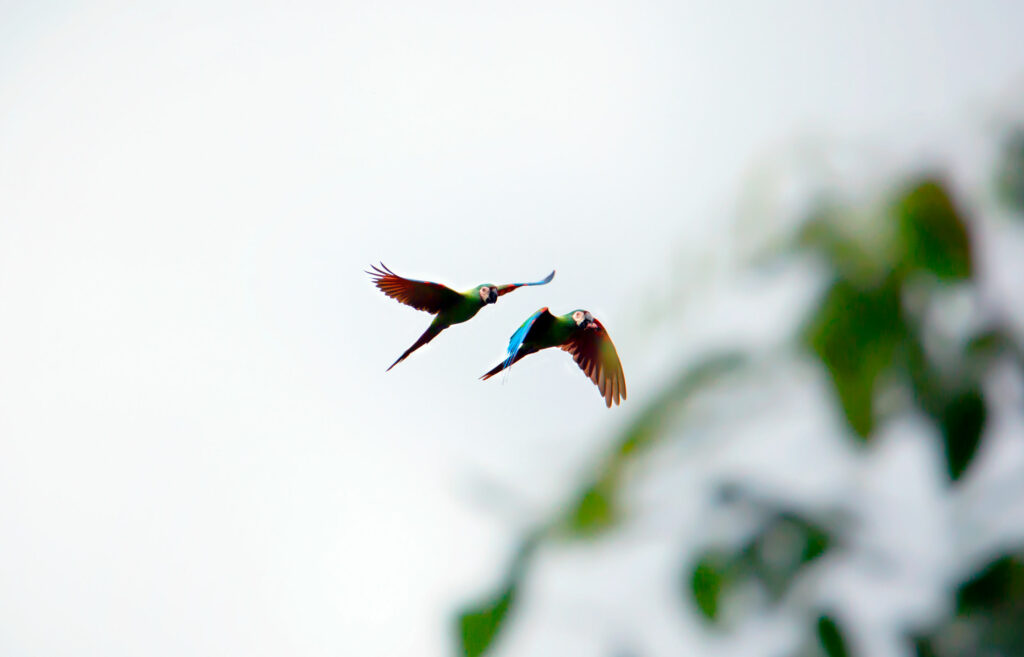
Chestnut-fronted macaws are a common sight in Los Picachos. The mission to document the area’s natural wonders was a great example of collaboration, says Carlos Ariel García, director of local sightseeing company Caguán Expeditions. “This combination of two worlds – community and scientists – generates [a sense of] identity in the people who inhabit this region,” he explains.
ALL IMAGES: © PABLO MEJÍA / WWF-COLOMBIA
More to explore
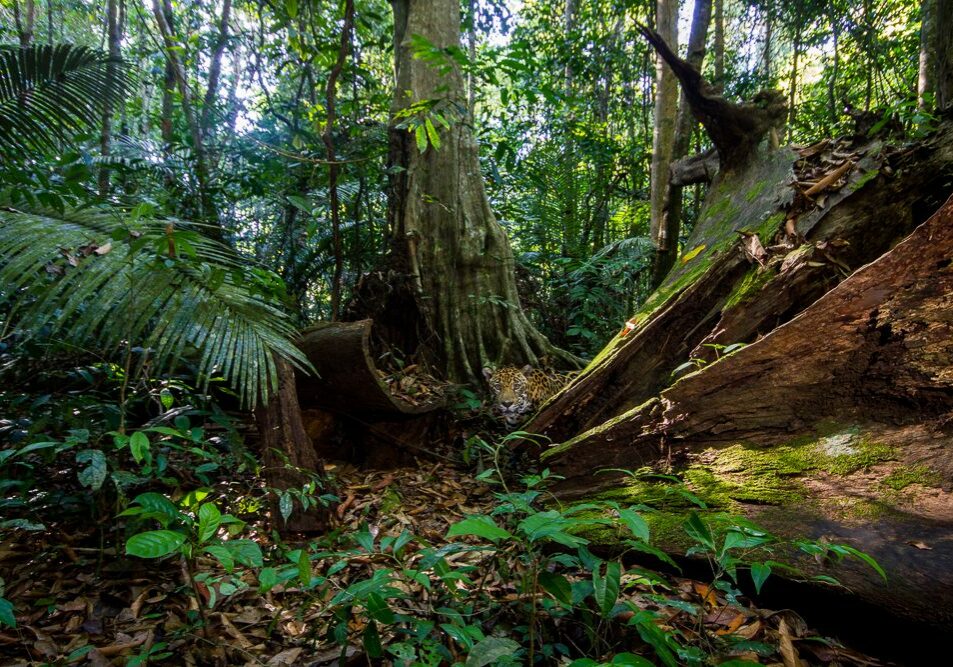
Photo story: Mission Jaguar, French Guiana
Secretive, shadowy jaguars are rarely seen. In their remote rainforest home, they live undetected but under pressure. We sent film-maker Emmanuel Rondeau on a mission: to photograph a wild jaguar in the jungles of French Guiana
